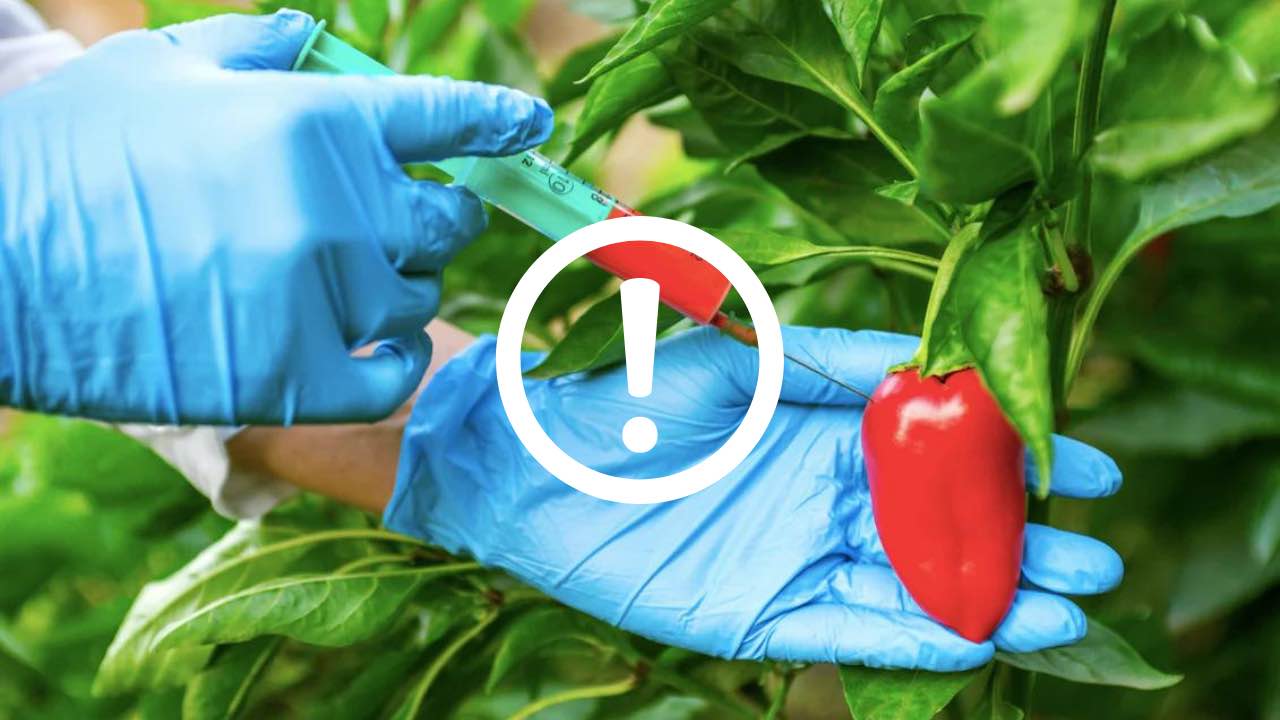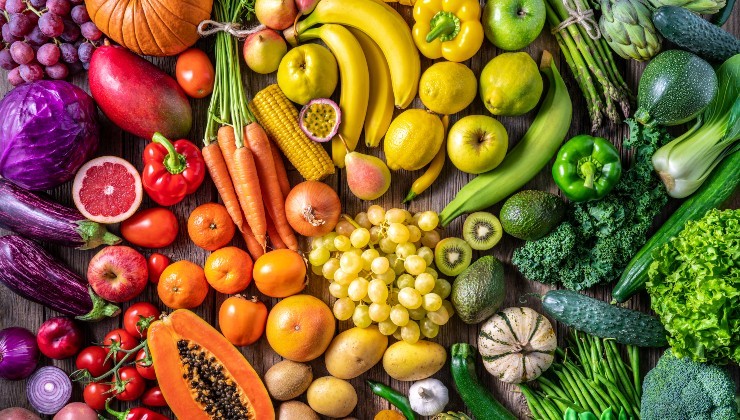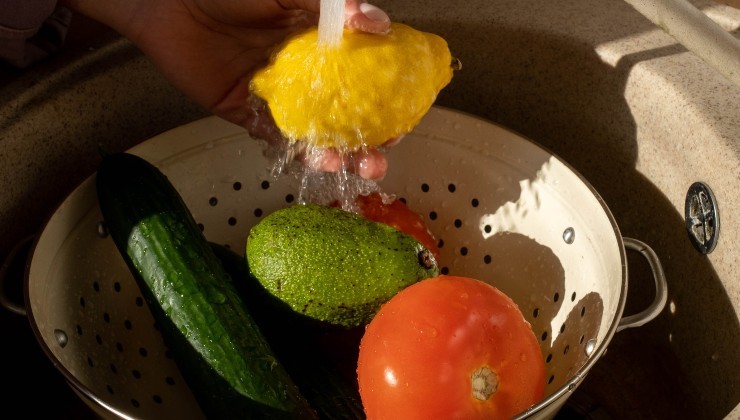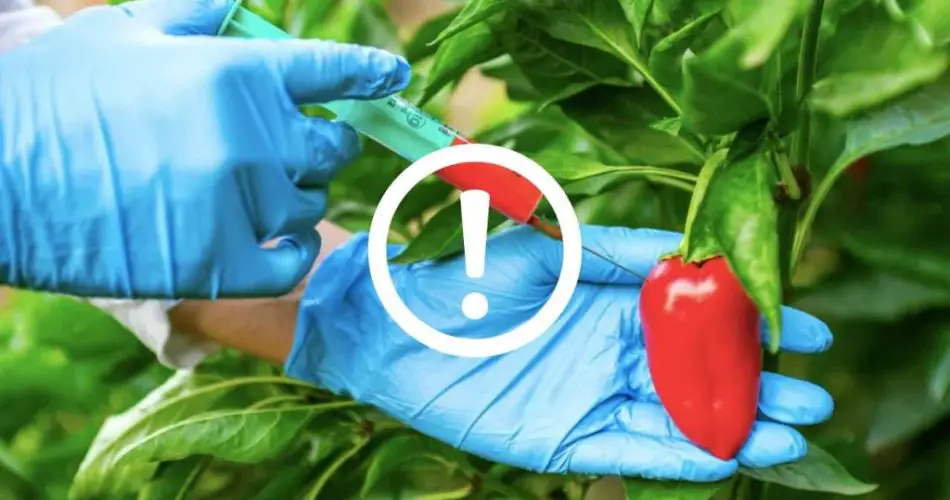Did you know that the fruits and vegetables you buy may contain harmful pesticides? It is estimated that nearly every day, we purchase food that is contaminated with these chemicals. Though cleaning and cooking these items properly can help minimize the risk, it’s important to know which foods carry the highest levels of contamination. According to a study by the Environmental Working Group (EWG) in the United States, here is a blacklist of the most pesticide-laden fruits and vegetables.

The Most Contaminated Fruits and Vegetables
Pesticides are used in farming to protect crops from insects and other pests. However, these chemicals are not recommended for human consumption. A study conducted by EWG analyzed more than 45,000 samples of fruits and vegetables, all cleaned and peeled as most people would do at home. The findings revealed that over 250 different pesticides were present on a range of fruits and vegetables, even after basic cleaning.

Top Contaminated Foods:
- Strawberries – Once again, strawberries top the list as the most contaminated food.
- Spinach – Spinach comes in second place, followed closely by cabbage in third.
- Peaches, Pears, and Nectarines – These fruits are notorious for pesticide residue.
- Apples and Grapes – Apples and grapes also make the list, with apples being particularly problematic.
- Chili Peppers and Peppers – These vegetables often contain higher pesticide levels as well.
- Cherries, Blueberries, and Green Beans – New to the list are blueberries and green beans, which have been found to contain harmful pesticides, including malathion and phosmet. These two pesticides are organophosphates, with phosmet being banned in the European Union due to its harmful effects.
Why Are These Pesticides Dangerous?
Pesticides are used to protect crops, but many of them pose serious health risks to humans. Malathion and phosmet, in particular, are harmful chemicals. While malathion is allowed in greenhouse cultivation, it’s restricted in open farming. Phosmet is completely banned in Europe due to its toxicity.
How to Buy Safe Fruits and Vegetables

Although the EWG’s study was conducted in the U.S., the presence of pesticides on produce is a global issue. To reduce the risk of exposure, consider these helpful tips:
- Wash Thoroughly: Always wash your fruits and vegetables with appropriate cleaners to remove pesticides and contaminants.
- Buy Local: Purchase produce from local, farm-to-table sources. These smaller businesses are more likely to be subject to strict regulations and may have fewer pesticide residues on their products.
- Choose Organic: If possible, buy organic produce, as these are typically grown with fewer chemicals.
- Look for Less Glossy Produce: Often, the best fruit may not look as shiny or perfect. Don’t be fooled by the glossy appearance of supermarket produce, as it may be a sign of excessive chemical treatments.
Conclusion
While pesticide contamination is an ongoing concern, being informed and taking the right precautions can help ensure you’re consuming safer, healthier food. Always wash your produce, buy local when possible, and consider organic options to minimize your exposure to harmful pesticides. Stay informed and prioritize your health with every bite!



